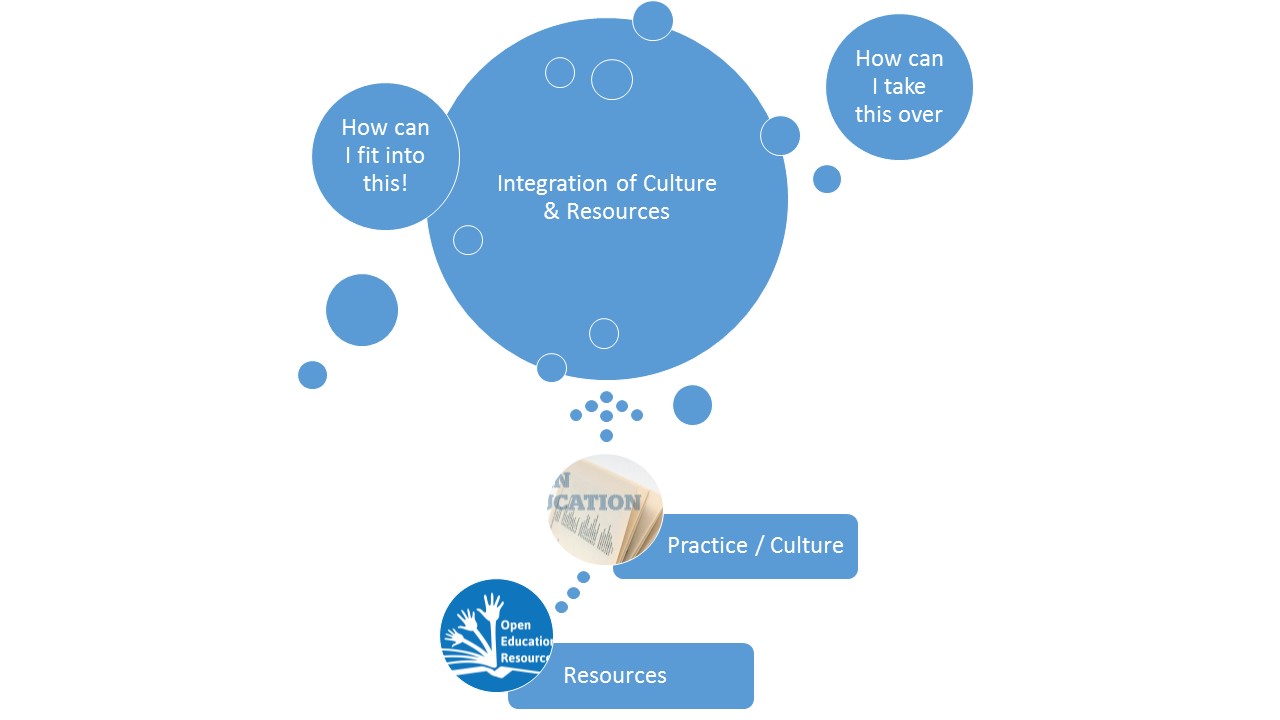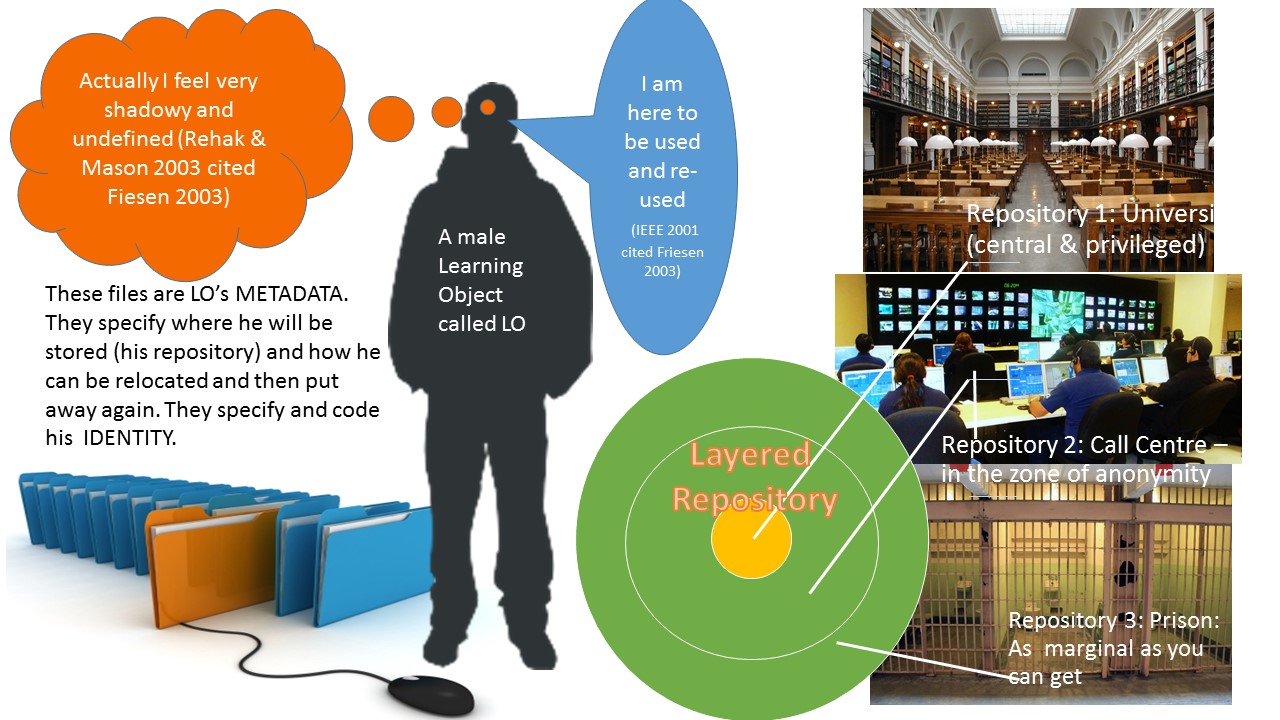H817 Learning Analytics Activity 1, part 1.
REFERS to the definitions in Wikipedia page and its 'history'
Task is ‘to reflect on the differences and similarities between the definitions. Which, if any, elements remain constant?’
Returning from self-imposed exile to what I thought might be a barren land, to my surprise I’m delighted to have begun to study ‘learning analytics’ (LA). Already a few of my preconceptions and prejudices have been challenged by this exercise, not least about Wikipedia (W).
But to the task!
1. First though I’d like to share a puzzle and my thoughts about it.
1.1. The current W definition describes LA as a number of processes. Yet reading lists like this are never easy for me. Thus if LA is ‘the measurement, collection, analysis and reporting of data about ….’ Are each of the processes in this list meant to be totally independent of each other as instances of processes that each constitute LA?
1.2. Or are they dependent processes in which the performance of a number of them (but not one alone) would constitute LA? And if it is a number is it all 4 of them or at least 2?
1.3. This struck me because I find that I attempt to make sense of such lists as a series starting from an initial to an end process. Yet can you ‘measure’ variable data without collecting it first?
1.4. The aim was, to my mind to ensure the grand dame of quantitative method (measurement) was given pride of the place, thus tying the concept to methods that are essentially numeric. The same order is, by the way, reproduced in French W, showing that ‘la mesure’ reigns there too. This implicit preference was not necessarily implicated in the August 2010 GB W since intelligent data, learner-produced data and analysis models’ can equally apply to qualitative data and its analysis.
1.5. I do not know enough of the politics and rationale yet of the history of the movement to see whether my suspicions have any basis. If they have, it suggests that since 2010 the leading force has been numerical data or ‘Big Data’. [1]
2. The PURPOSE of LA.
2.1. There was a significant change in W between the August and November 2010 definitions
2.2. A number of issues here are raised here, but some by subtleties in language use only:
2.3. Thus line i becomes line ii below:
|
i. To provide learners with relevant content resources and social connections, predict learner success and perform necessary interventions. |
|
ii. To discover information and social connections for predicting and advising people’s learning. |
2.4. In the following points, I’ll take the colour-coded comparisons between lines i & ii, one by one.
3. Let’s start with the verbs signifying the active processes that define the stated purpose in terms of what it does.
3.1. The first clear difference is that three active processes (provide, predict, perform) are replaced by one (discover). This suggests that the use of LA now only empowers its user to do one thing – to ‘find out’ about elements of learning interactions.
3.1.1. In August, that person is expected instead to have a defined active role in relation to three different participants.
3.1.2. Clearly, providing, predicting and performing each show a different activity that impinge upon the teaching and learning process by in some way transforming the learner to a passive recipient of that action. AL is really empowered here, and by implication empowers its user to do something that must have an effect on learners whether learners request that action or not. For instance, it is the user of LA who is empowered to perform learning interventions. The issue of who or how these interventions are decided or determined to be ‘necessary’ is left unsaid. That little word subtly insinuates the power of LA to justify the actions it empowers.
3.1.3. By November, all LA allows the user to do is to discover resources, whose further or onward use depend on other unnamed processes. The learner has much more freedom from being the object of LA here.
4. The object of LA and its user’s actions changes:
4.1. in August, it is ‘learners’ who, via a number of relationship forms implied by each of the three phrases non-finite phrases in the clause – as the passive recipient of ‘a gift relationship’, the owner of the success predictively measured and the implied object of interventions, the ‘necessity’ of which it is not clear that the learner is involved in assessing.
4.2. By November, it is information and accessible services only that the user of LA acts upon. If these things have a function it applies only to the abstraction, ‘learning’. It is up to ‘people’ to decide, I would argue, whether they avail themselves of these objects.
5. The domains upon which LA claims to act change too:
5.1. In August LA seems empowered not only to predict but also ‘define’ the conditions of success. At no point can it be suggested here that ‘success’ for a ‘learner’ may be different both quantitatively and qualitatively for different people. Similarly we are not told their involvement in the assessment, delivery and review of ‘necessary interventions’
5.2. By November, the user LA can only make available to people data that it is up to them to use in their ‘learning’. To be clear LA only equips you to talk about ‘learning’ now not the person – hence the decision to drop the nominalisation ‘learner’.
6. Finally, since the areas of potential exploration are legion and this issue is presented to the TGF as a contribution to participative discussion, let us consider why and how the current W definition abandons the current naïve term ‘discover’ to characterise research in LA by the 4-fold processes of measuring, collecting, analysing and reporting, whether or not each is a ‘necessary and sufficient’ condition for LA to be being done or not (see [1] above) .
6.1. My first thought is that the need by 2016 is to ‘professionalise’ the research done in LA by indicating the multiple actions involved in the whole process. It involves a thoroughly specialised academic lexical items – because after all, even babies ‘discover’ things.
6.2. Similarly learning is not something belonging to ‘people’ now, as it was in 2010, but a reified (‘thingified’) category which is in itself open to manipulation – ‘understanding and optimizing’.
6.3. Am I alone in wondering if the technocrats have taken over here again? Since if we see ‘learning’ as something to which we have a right of intervention, we can imply that we might do this regardless of any one person instantiated by ‘person’s learning’.
6.4. The loss of the word ‘person’ is a sore loss I think. That is not because I’m resistant to innovation but it begs all the questions about what is constituted by learning. But that is a much bigger issue, and I’ve extended this blog long enough.
All the best
Steve
[1] Despite my own commitment to qualitative work, this may not be a bad thing, since the data in learning analytics is collected incidentally and often ‘stealthily’. In that case, it might be better that we only collect after we consider the reason why we want to measure what we are collecting.
However, how many OU students know for instance about the statistics collected in the OU VLE and to whom they are available? As we shall see in this course there is no malign desire in such collection but I remember the digital intake of breath in the H800 last year when I raised this and the requests for sharing that followed.
These took the tutor (a very decent and wonderful tutor) by storm. However, people expressed even more surprise when he shared with us (with common consent) league tables of asynchronous forum participation, including comparisons of active and ‘lurking’ presence. What this suggests is that the shock in some people following Snowden in 2013 is still not opening users of VLE to the potential for collecting and selectively distributing data. For instance, my own students are often shocked to know that their participation in forums can be and is collected and analysed, even when that participation is ‘passive’ and apparently ‘secret’ to them only.

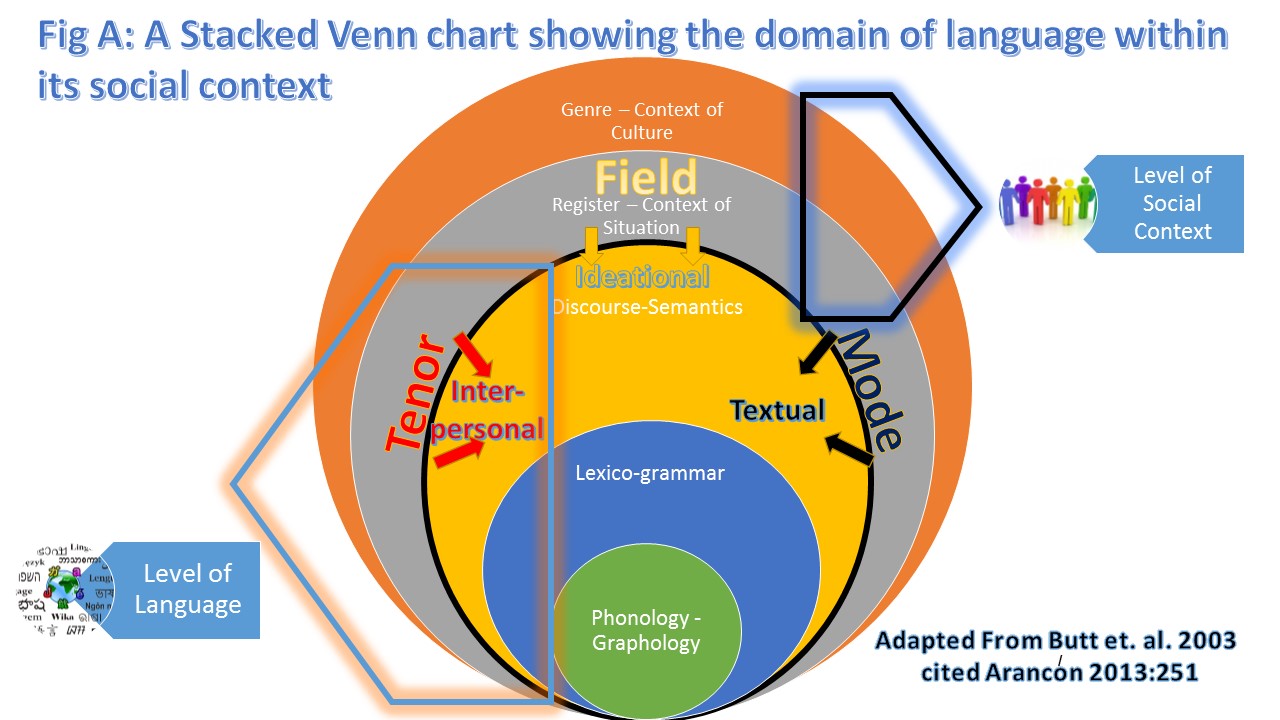

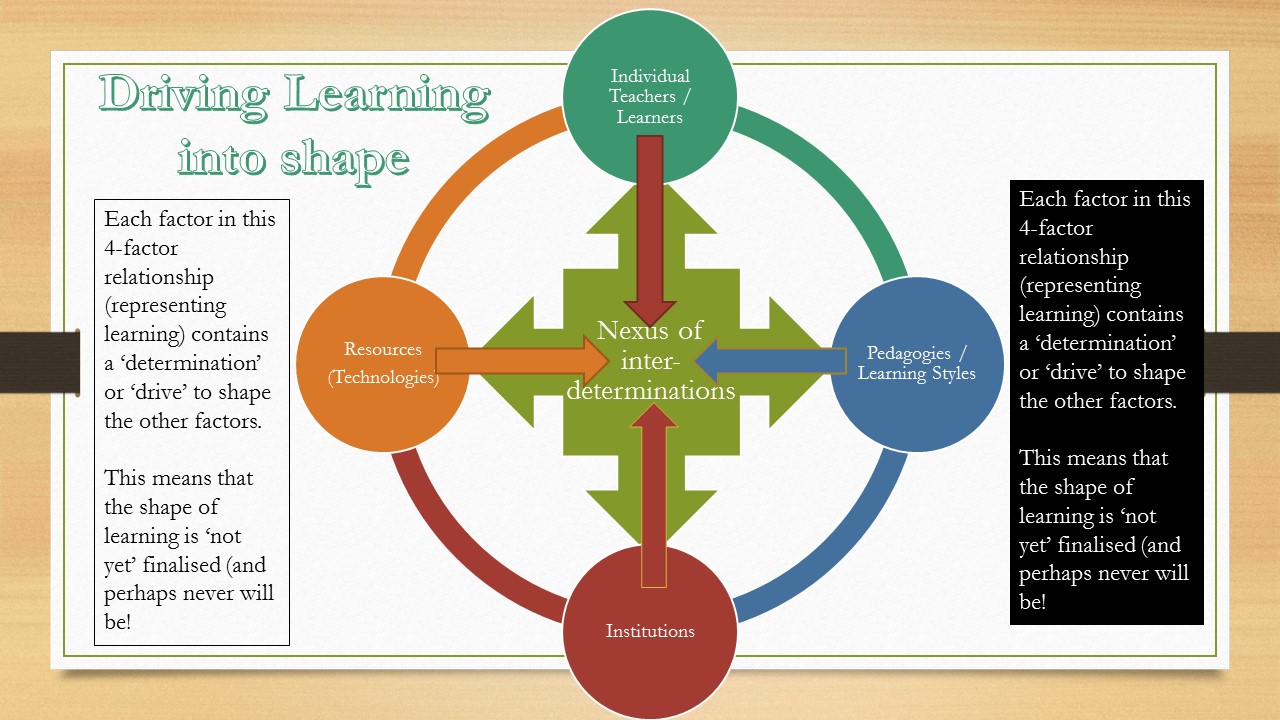
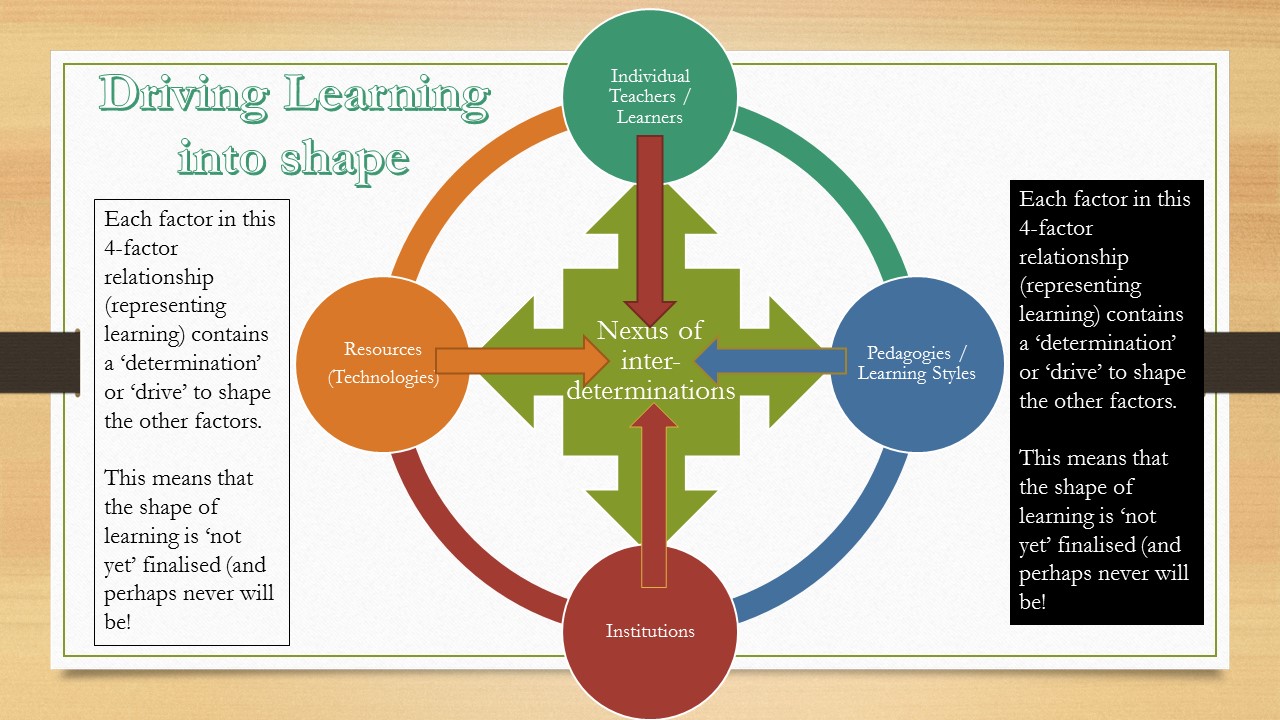

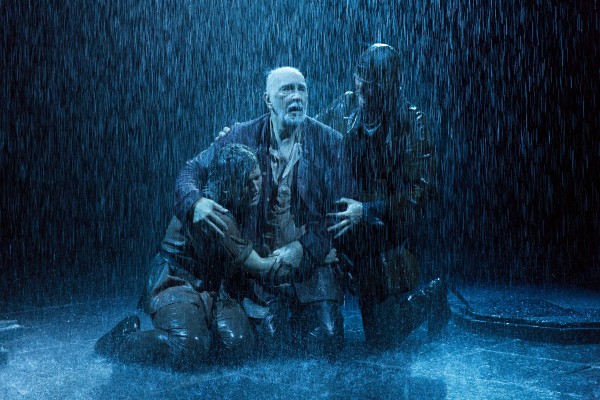
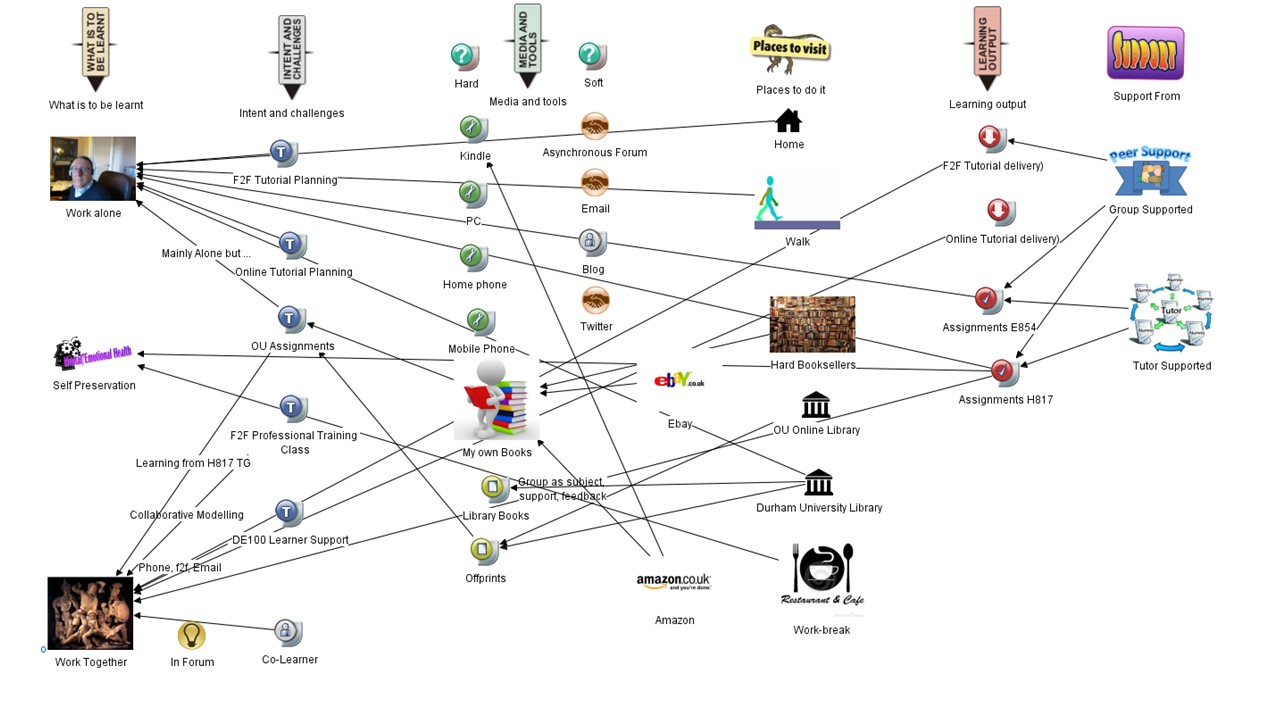
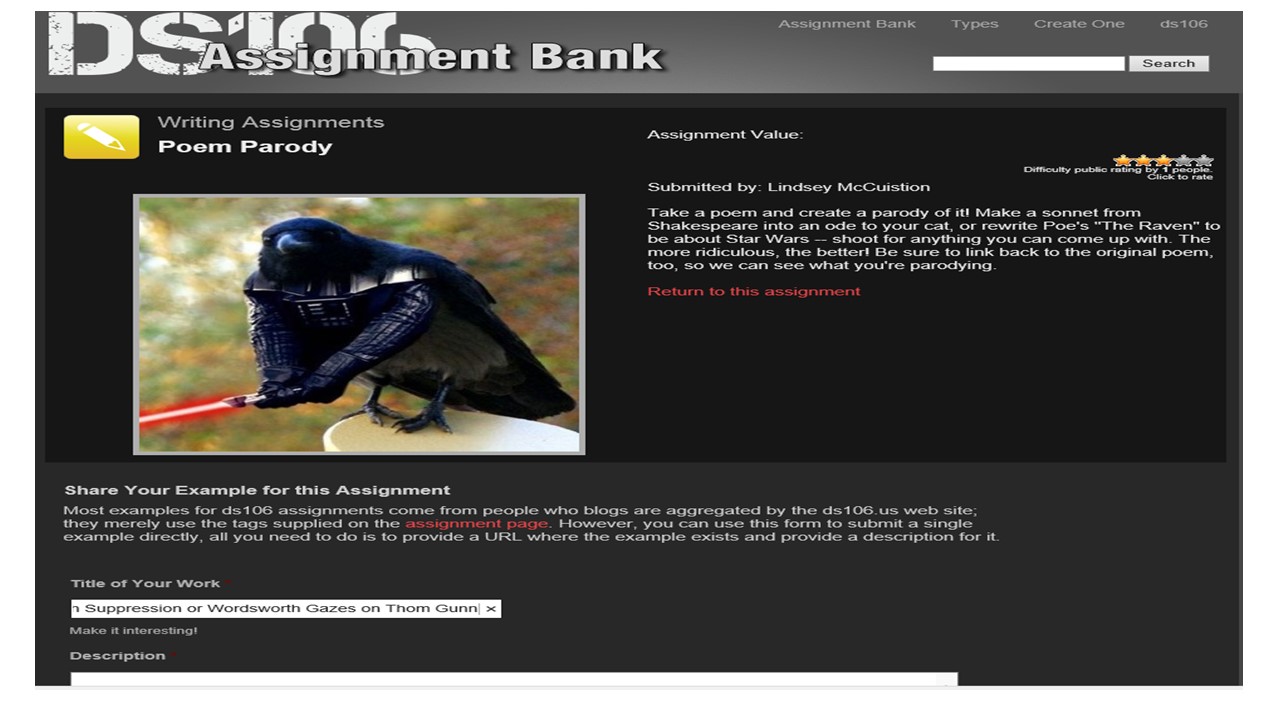
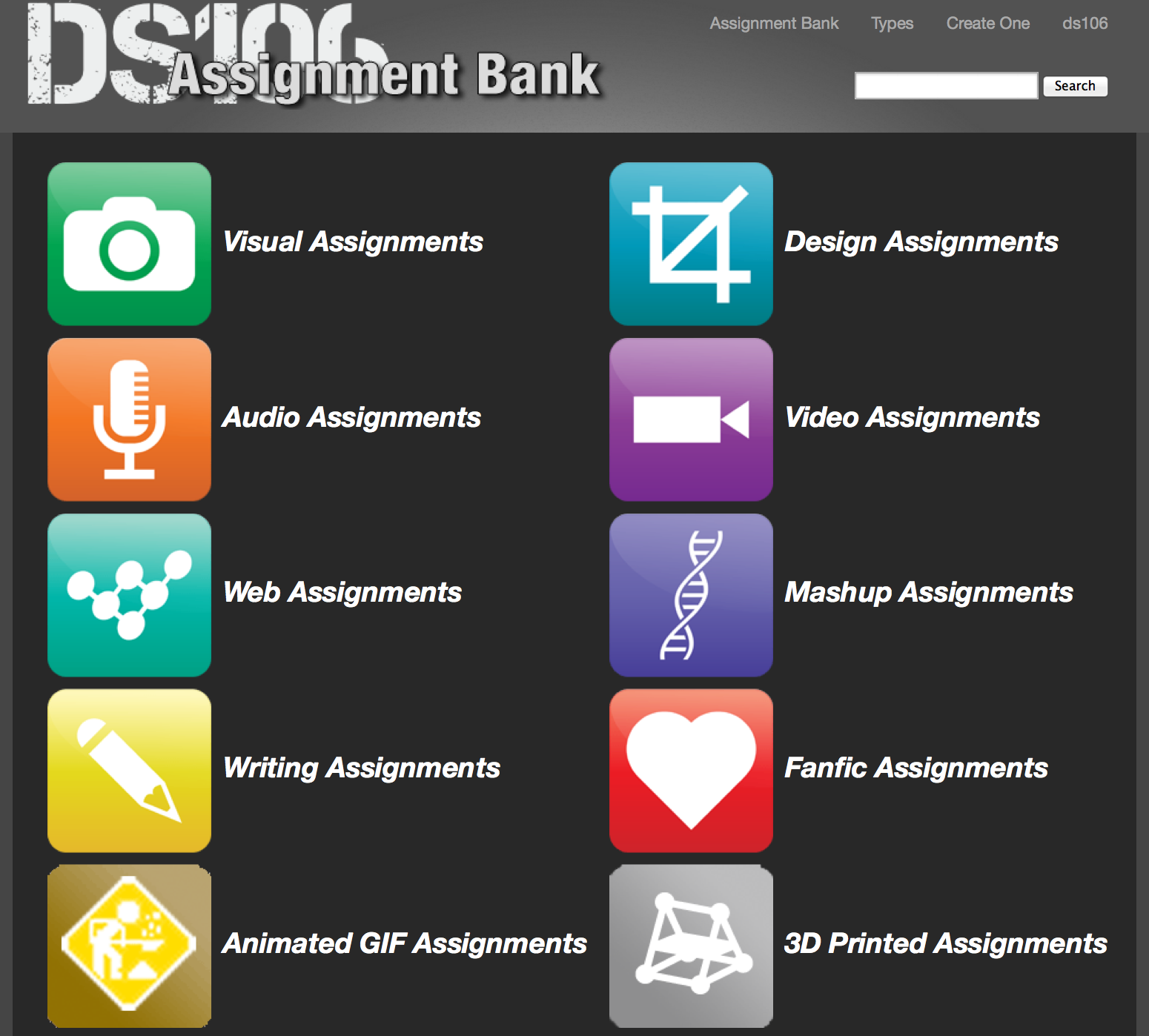
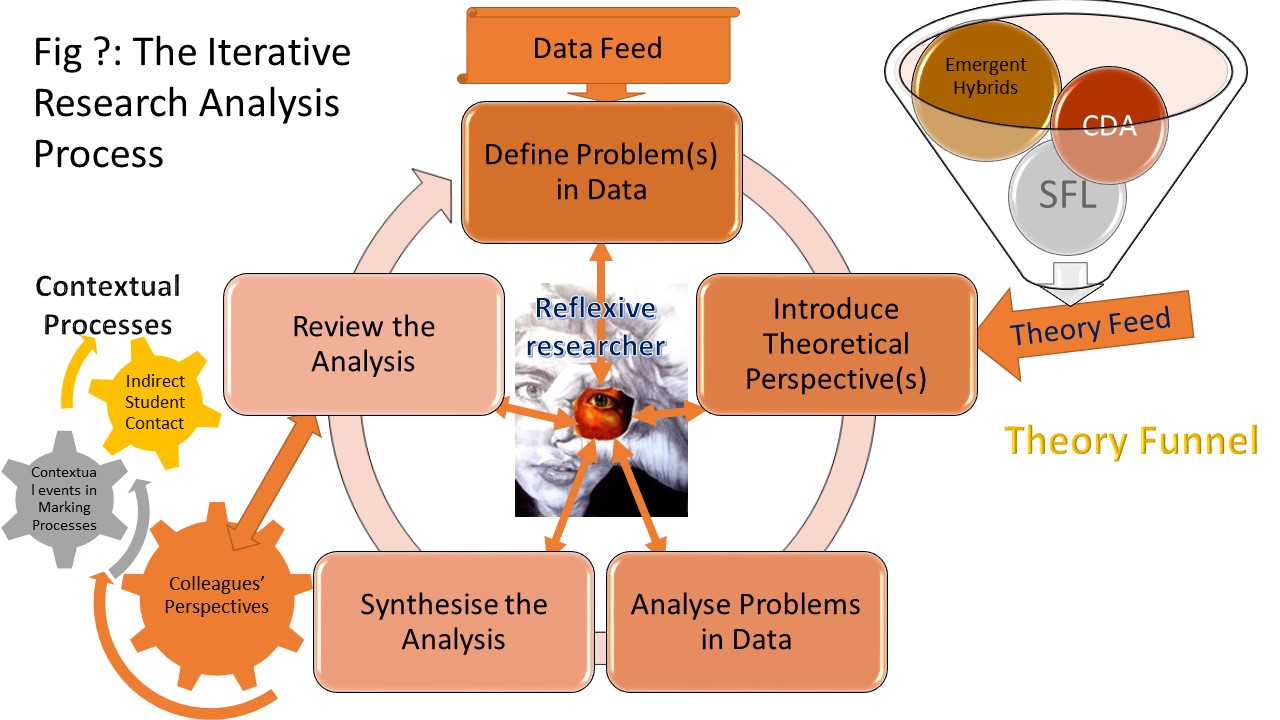
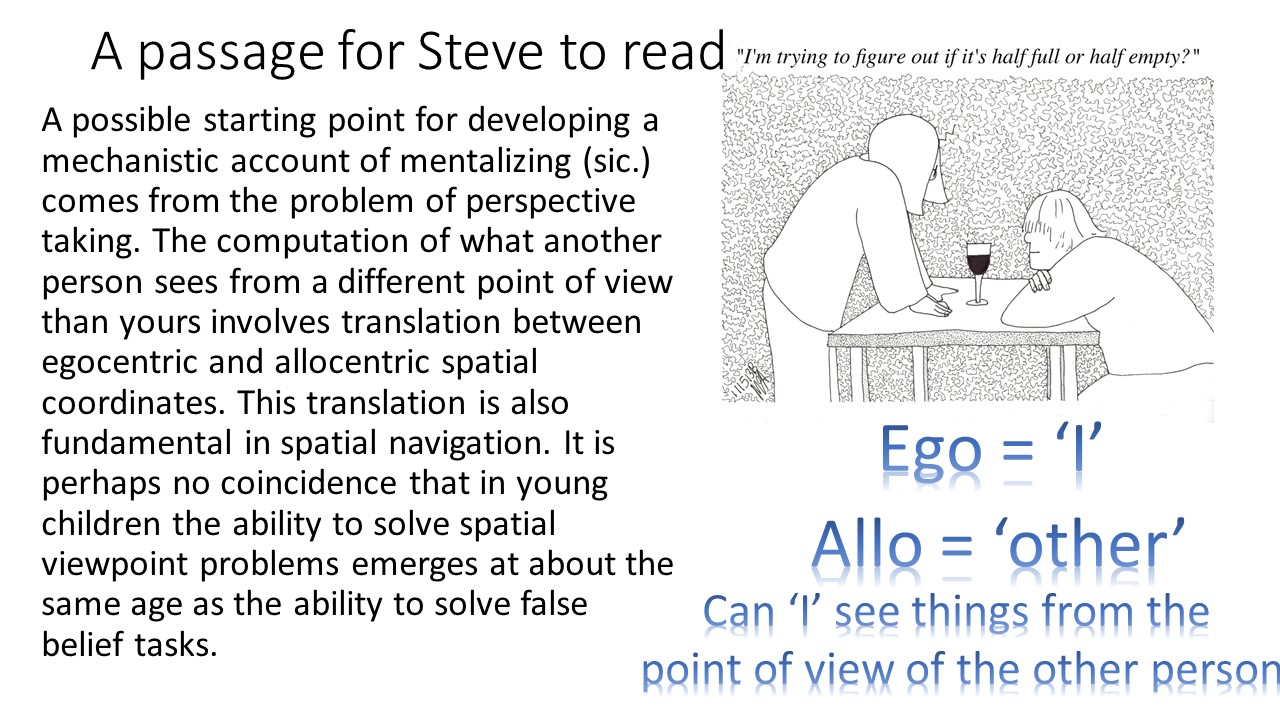
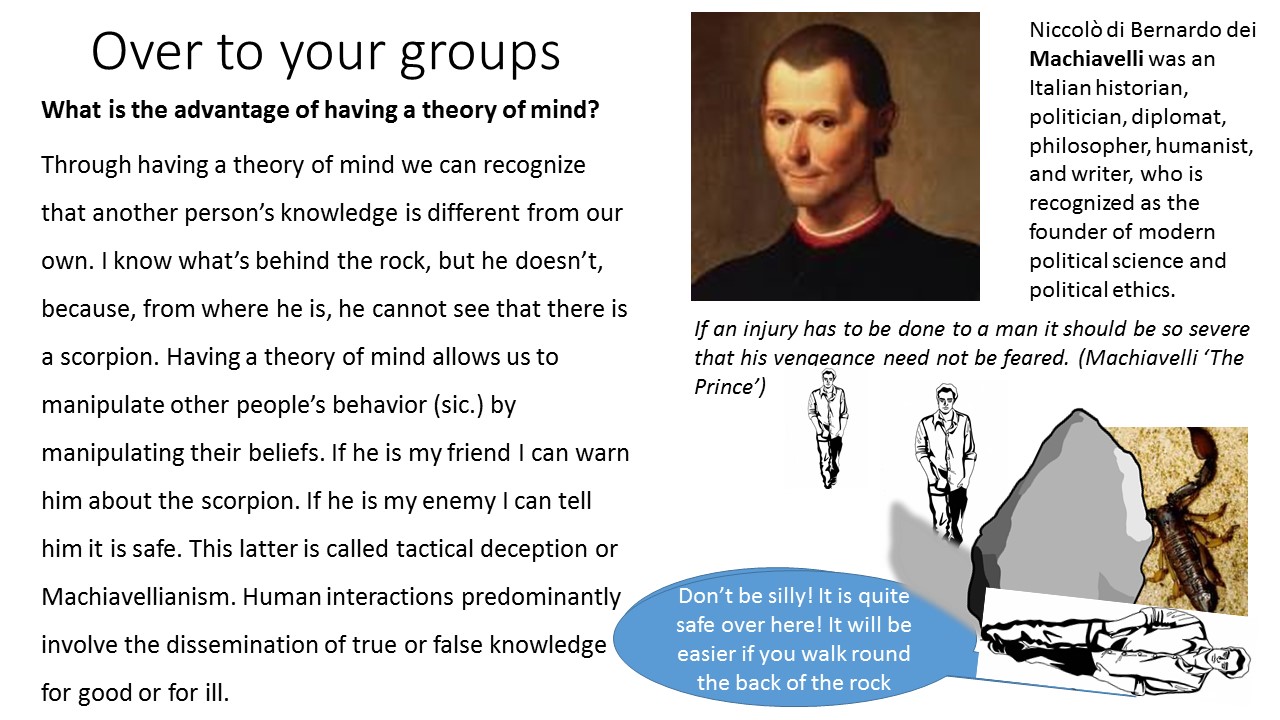
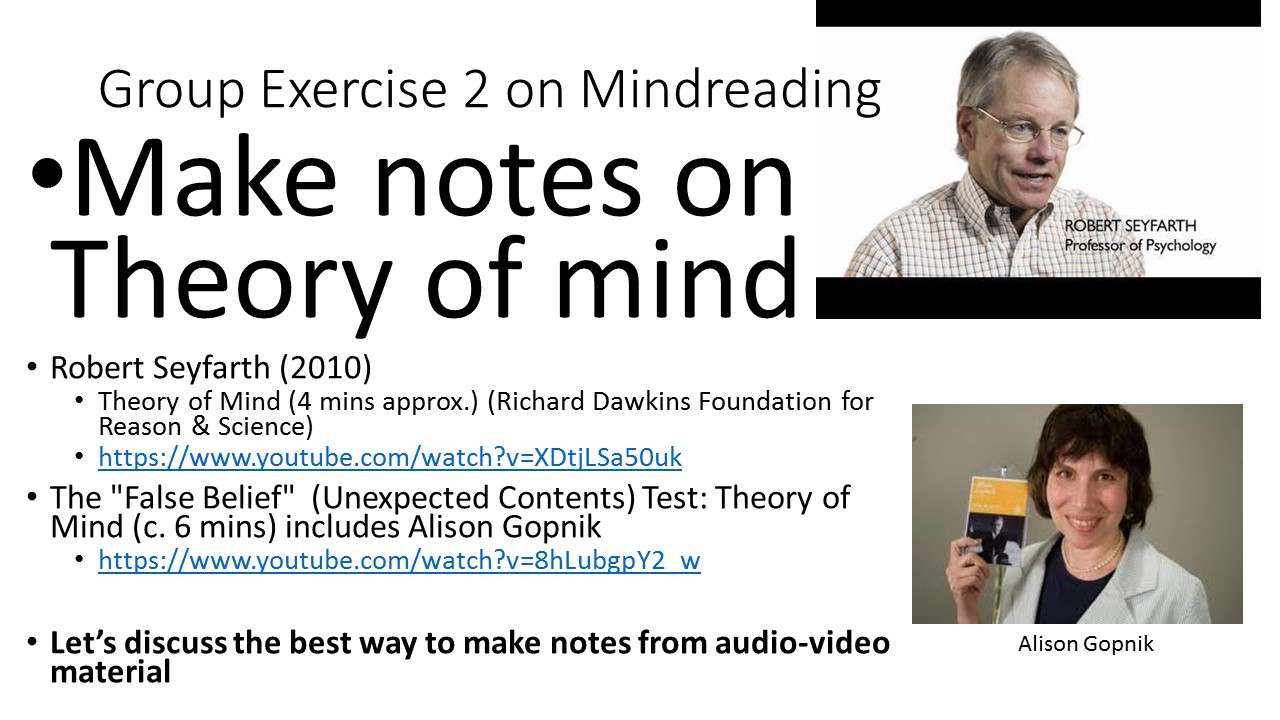
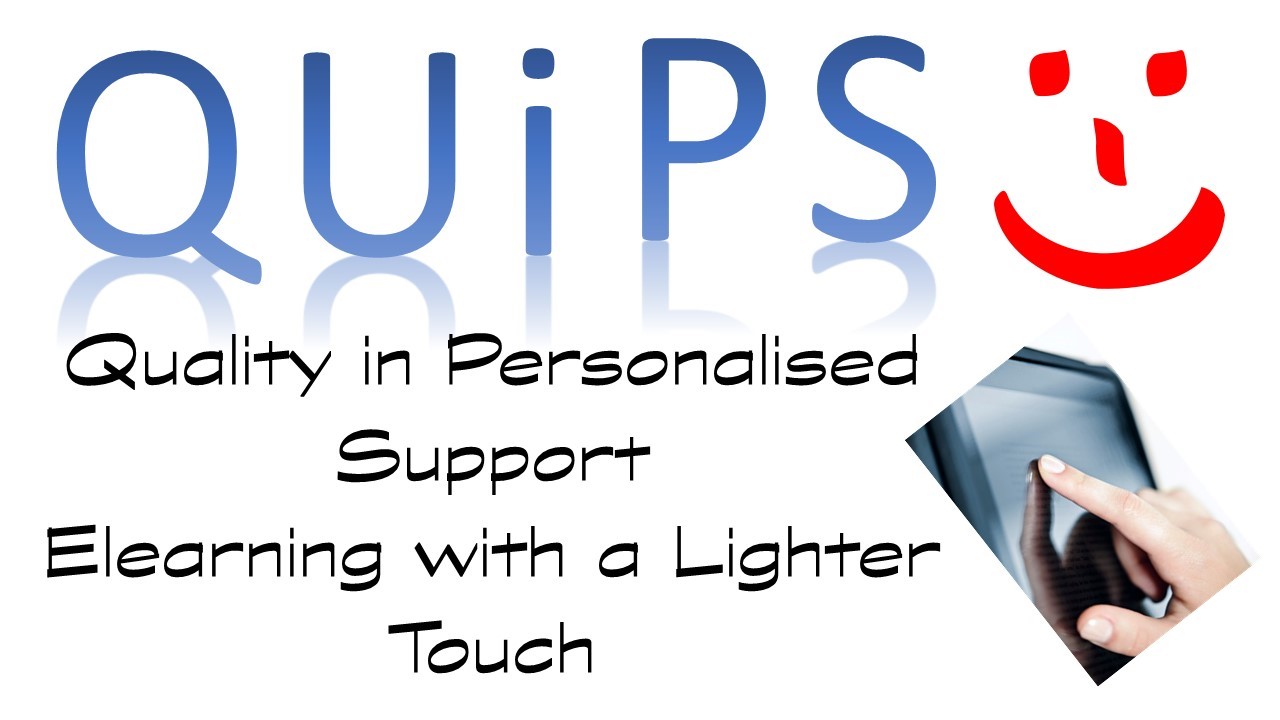
 An Introduction to
Digital Skills:
An Introduction to
Digital Skills: